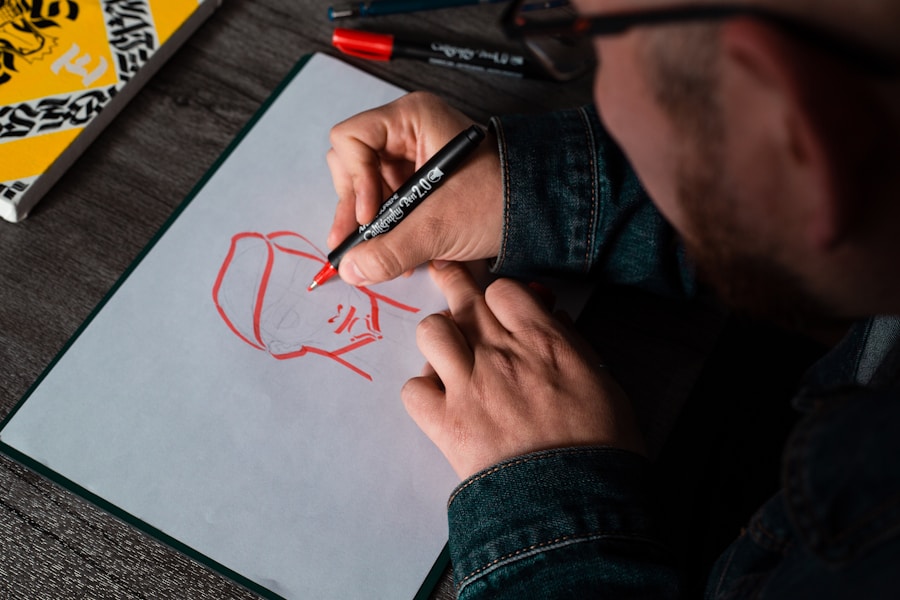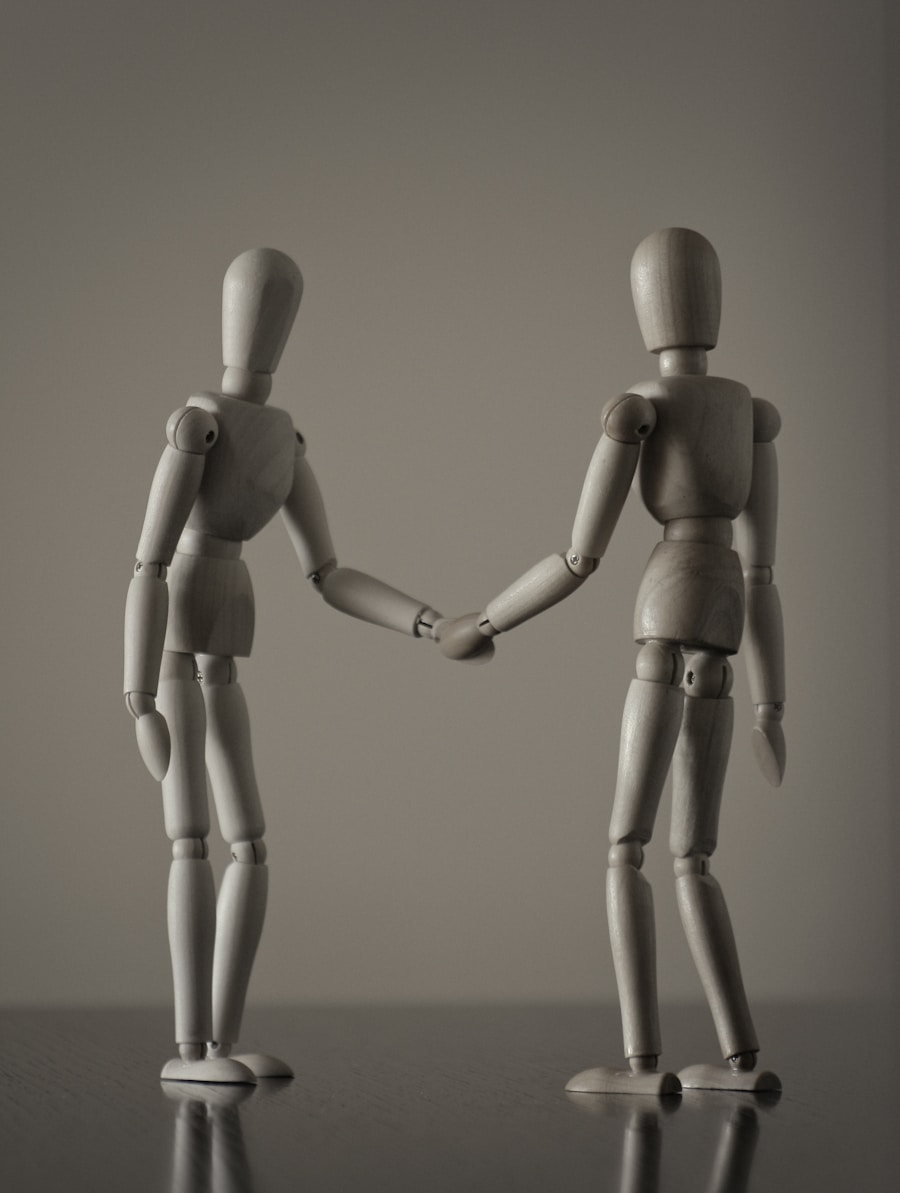Download: Unlocking Relationship Success with Human Design">Unlocking Relationship Success with Human Design
Human Design is a unique system that synthesises various ancient and modern disciplines, including astrology, the I Ching, the Kabbalah, the Hindu-Brahmin chakra system, and quantum physics. Developed by Alan Robert Krakower, who adopted the pseudonym Ra Uru Hu, this system was introduced to the world in 1992 through his book, “The Human Design System.” At its core, Human Design offers a framework for understanding oneself and others by mapping out individual energy types, centres, and profiles. Each person is seen as a distinct entity with a specific purpose and way of interacting with the world, which can lead to greater self-awareness and personal growth.
The foundation of Human Design lies in the concept of the Bodygraph, a visual representation of an individual’s energetic makeup. This chart is calculated using one’s birth date, time, and location, revealing key aspects such as energy type, authority, and profile. There are four primary energy types: Manifestors, Generators, Projectors, and Reflectors.
Each type has its own unique strategy for decision-making and interaction with others. By understanding these distinctions, individuals can gain insights into their inherent strengths and challenges, ultimately leading to a more fulfilling life experience.
Summary
- Human Design is a system that combines astrology, the I Ching, Kabbalah, and the chakra system to create a unique blueprint for each individual.
- Understanding your own Human Design can help you navigate relationships by providing insight into your strengths, weaknesses, and communication style.
- Human Design can help identify relationship dynamics by comparing the charts of two individuals to see how their energies interact.
- Enhancing communication with Human Design involves understanding each person’s unique way of processing information and expressing themselves.
- Resolving conflict using Human Design involves recognising each person’s unique needs and finding compromises that honour both individuals’ designs.
Applying Human Design to Relationships
When it comes to relationships, Human Design provides invaluable insights that can enhance understanding and connection between partners. By examining each individual’s Bodygraph, one can uncover the dynamics at play within the relationship. This knowledge allows partners to appreciate their differences and work together more harmoniously.
For instance, a Generator may thrive on responding to life’s opportunities, while a Projector may excel in guiding others but require recognition for their insights. Recognising these differences can foster empathy and patience in a relationship. Moreover, Human Design encourages individuals to honour their unique strategies and authorities when making decisions together.
This means that rather than imposing one’s will or preferences onto the other, partners can learn to respect each other’s processes. For example, a Manifestor might need to initiate conversations about future plans, while a Reflector may take time to reflect before offering their perspective. By applying these principles, couples can create a supportive environment that nurtures both individual growth and collective harmony.
Identifying Relationship Dynamics through Human Design

Understanding the dynamics of a relationship through the lens of Human Design can be enlightening. Each partner’s energy type influences how they interact with one another, shaping the overall relationship experience. For instance, a Generator’s consistent energy can provide stability and support for a Projector who may feel overwhelmed by the demands of daily life.
Conversely, a Manifestor’s desire for independence might clash with a Generator’s need for collaboration if not properly understood. By identifying these dynamics, partners can navigate their interactions with greater awareness. Additionally, Human Design highlights the importance of defined and undefined centres within the Bodygraph.
Defined centres represent consistent energy and traits, while undefined centres indicate areas where individuals are more susceptible to external influences. For example, if one partner has a defined emotional centre while the other has an undefined one, the latter may find themselves absorbing the emotional energy of their partner. Recognising these patterns can help couples establish boundaries and create a more balanced emotional landscape within their relationship.
Enhancing Communication with Human Design
Effective communication is vital for any successful relationship, and Human Design offers tools to enhance this aspect significantly. By understanding each other’s communication styles based on their energy types and authorities, partners can tailor their interactions for maximum clarity and connection.
By honouring these preferences, couples can foster an environment where both partners feel heard and valued. Moreover, Human Design encourages individuals to communicate from their authentic selves rather than conforming to societal expectations or norms. This authenticity can lead to deeper connections and more meaningful conversations.
For example, a Reflector may take time to process their thoughts before sharing them, while a Manifestor might express their ideas spontaneously. By embracing these differences in communication styles, partners can cultivate a richer dialogue that strengthens their bond.
Resolving Conflict using Human Design
Conflict is an inevitable part of any relationship; however, Human Design provides valuable insights into resolving disputes constructively. By understanding each partner’s energy type and decision-making authority, couples can approach conflicts with empathy and awareness. For instance, a Generator may need time to respond thoughtfully during disagreements, while a Manifestor might prefer to address issues head-on.
Recognising these differences allows partners to navigate conflicts without escalating tensions. Additionally, Human Design encourages individuals to take responsibility for their emotional responses during conflicts. By understanding their defined and undefined centres, partners can identify triggers and patterns that may contribute to misunderstandings.
For example, if one partner has an undefined emotional centre and feels overwhelmed during an argument, they can communicate this need for space or clarity to their partner. This awareness fosters compassion and understanding during challenging moments.
Embracing Individuality within Relationships

Embracing Individuality
One of the most profound aspects of Human Design is its emphasis on individuality within relationships. Each person is inherently unique, with distinct strengths and challenges that contribute to the partnership dynamic. By embracing these differences rather than attempting to conform or change one another, couples can create a more authentic connection.
Understanding and Appreciating Roles
For instance, a Generator’s consistent energy can complement a Projector’s guiding nature when both partners appreciate their roles without judgement. Furthermore, Human Design encourages individuals to honour their personal journeys while remaining committed to their relationship. This means allowing space for personal growth and exploration without feeling threatened by each other’s independence.
Cultivating Trust and Intimacy
A Reflector may need time alone to process experiences, while a Manifestor may require freedom to pursue their passions. By supporting each other’s individuality, couples can cultivate a deeper sense of trust and intimacy.
Navigating Compatibility with Human Design
Compatibility in relationships often hinges on understanding how different energy types interact with one another. Human Design provides a framework for assessing compatibility by examining each partner’s Bodygraph and identifying potential areas of harmony or tension. For example, Generators often thrive in relationships with Projectors or Manifestors due to their complementary energies; however, challenges may arise if both partners are of the same type without clear roles defined.
Moreover, compatibility extends beyond energy types; it also encompasses defined centres and profiles within the Bodygraph. Partners with similar profiles may find it easier to relate to one another’s experiences and perspectives.
By recognising these dynamics through Human Design, couples can navigate compatibility challenges with greater awareness and intention.
Sustaining Relationship Success with Human Design
Sustaining a successful relationship requires ongoing effort and commitment from both partners. Human Design offers tools for maintaining harmony by encouraging continuous self-awareness and growth within the partnership. Regularly revisiting each other’s Bodygraphs can provide insights into evolving dynamics as individuals change over time.
This practice fosters open communication about needs and desires as they shift throughout life’s journey. Additionally, embracing the principles of Human Design allows couples to celebrate each other’s uniqueness while working towards shared goals. By honouring individual strengths and challenges within the context of the relationship, partners can create a supportive environment that nurtures both personal development and collective success.
Ultimately, by integrating Human Design into their relationship practices, couples can cultivate deeper connections that stand the test of time.
FAQs
What is Human Design?
Human Design is a system that combines astrology, the I Ching, Kabbalah, and the chakra system to create a unique profile for individuals, providing insights into their personality, strengths, and potential challenges.
What is a Human Design Profile?
A Human Design Profile is a detailed analysis of an individual’s unique Human Design chart, which includes their type, strategy, authority, and profile, among other key components.
How can I use my Human Design Profile to navigate relationships?
Your Human Design Profile can provide valuable insights into your communication style, decision-making process, and compatibility with others, helping you understand and navigate your relationships more effectively.
What are the different Human Design types and how do they impact relationships?
There are five main Human Design types: Manifestor, Generator, Manifesting Generator, Projector, and Reflector. Each type has its own unique characteristics and ways of interacting in relationships, which can impact communication, decision-making, and overall compatibility.
What is the strategy and authority in Human Design, and how do they relate to relationships?
The strategy and authority in Human Design refer to the recommended decision-making process for each type. Understanding your strategy and authority can help you make decisions that are aligned with your true self, which can positively impact your relationships.
Can Human Design help me understand my partner’s needs and communication style?
Yes, by understanding your partner’s Human Design Profile, you can gain insights into their needs, communication style, and decision-making process, which can improve your understanding and connection in the relationship.
How can Human Design be used to resolve conflicts in relationships?
Human Design can provide a framework for understanding the underlying dynamics of conflicts in relationships, helping individuals navigate and resolve issues more effectively by recognising each other’s unique traits and needs.
Is it necessary for both partners to have their Human Design Profiles analysed for it to be effective in relationships?
While it can be beneficial for both partners to have their Human Design Profiles analysed, understanding just one partner’s profile can still provide valuable insights and improve the dynamics of the relationship.



















